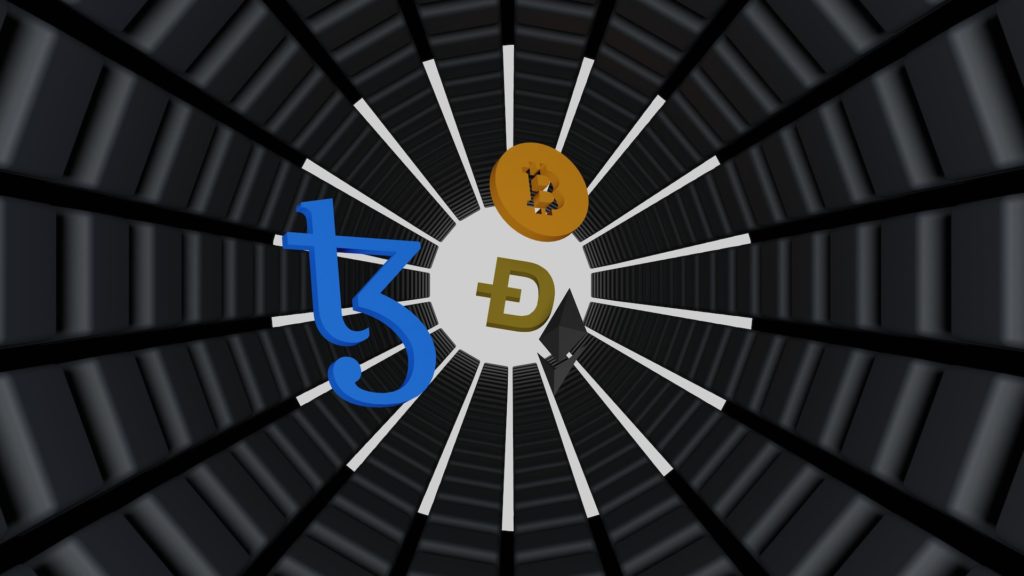It can be challenging for businesses to determine the best place to begin their Web3 endeavors, whether they intend to take baby steps or go headfirst into the technology. In comparison to the established financial systems, the underlying technologies, which include protocols, wallets, and exchanges, are still in their infancy. Tokens come in a variety of flavors, and it seems like a new one debuts every day. Adoption of Web3 has increased dramatically over the past few years, although it is still a long way behind the pervasiveness of Web2.

In order for the sector to match the functionality of existing systems, particularly for consumer purchases in industrialized nations with stable currencies, it has a long way to go. How long will it be before utilizing cryptocurrency for everyday consumer purchases, such as buying a cup of coffee, becomes a delight rather than a gimmick rather than a gimmick?
Enter Starbucks. It is possible that with the introduction of its new incentive program, Starbucks Odyssey, which is based on non-fungible tokens (NFT), we will be one step closer to making this a reality, or at the at least, we will receive some pointers as to which path we should take.
Early signs of smart design
According to previous pronouncements, the program is very much still in the process of being developed, and the specifics have not yet been disclosed in their entirety. However, based on what we now know, Starbucks has made several positive moves that can act as a model for other corporations’ Web3 endeavors.
To begin, Starbucks Odyssey is an additional offering rather than a replacement one. Nearly 60 million consumers throughout the world and 30 million customers in the United States alone participate in the current reward program offered by Starbucks, making it one of the most popular and successful loyalty programs in the world.
Because it incentivizes repeat business, upselling, and customer personalization, Starbucks’ loyalty program is responsible for nearly fifty percent of the company’s total income.

Given the immaturity of the technology and the unpredictability of the outcome of an NFT-based program, it would be quite a leap of faith for Starbucks to get rid of its traditional rewards program, which has been incredibly successful in the past, and replace it with a program that is based on Web3.
The company is able to build on the existing program with complementary products by making Starbucks Odyssey an optional, additional rewards program. This allows the company to build on the existing program while minimizing risk to the cash cow, which allows for greater flexibility in the future should the dynamics surrounding Web3 technology change.
Second, the program has a natural resonance with important demographic groups. Customers between the ages of 25 and 40 make up the largest portion of Starbucks’ clientele, accounting for fifty percent of the company’s revenue.
Young adults between the ages of 18 and 24 come in a close second. Growing and maintaining this client base will become increasingly critical as the Starbucks brand ages and encounters problems such as labor disputes, rising supply chain costs, and labor shortages.
Even though NFTs are still a very new technology, they are appealing to the user base that we are targeting. The generation known as Gen Z has the most familiarity with investing and the greatest overall interest in NFTs. Millennials make up the second largest cohort of people who have invested in or are interested in NFTs, which, once again, is a positive sign for Starbucks’ most important consumer groups.
Third, all signs point to the fact that Starbucks will be utilizing top-tier user interface and user experience (UI/UX) design in order to bridge the gap between natives of NFT and blockchain and beginners.
The intuitive user interface and user experience design of Starbucks’ mobile app has helped the company achieve a great deal of success with its Mobile Order and Pay capabilities. Starbucks has formed a partnership with Forum3, which is being directed by co-founder Adam Brotman. This partnership is for the purpose of developing the Odyssey reward program.

Before helping to launch the customer loyalty firm Web3, Brotman worked at Starbucks as the company’s chief digital officer, where he was instrumental in the development of the company’s Mobile Order and Pay system. Given this information, it is reasonable to believe that Starbucks Odyssey will make an effort to recreate the frictionless experience that customers have come to expect from the brand.
Ironically, doing so may require concealing many of the qualities that make Web3 unique, at least in the short to medium term.
In fact, the consumer “may very well not even know that what they are doing is interacting with blockchain technology,” as stated by Brady Brewer, Executive VP and Chief Marketing Officer. “It just so happens to be constructed using blockchain and Web3 technology”.
Moving beyond marketing
It appears like a potential application of Web3 technology for the modern setting, and Starbucks Odyssey is one of those applications. Nevertheless, in order to make the most of what Web3 has to offer, one will have to make some challenging design choices. Here are some of the things that we are looking forward to:
In an effort to mitigate the effects of rumors and speculation, Starbucks has revealed that it intends to enable holders of NFTs to trade their tokens in peer-to-peer (P2P) marketplaces. The gaming industry has discovered through experience that the peer-to-peer trading of non-fungible tokens (NFTs) attracts speculators, the presence of which fundamentally affects the experience of organic users, and often in a negative way.
Starbucks will need to devise marketplaces and other mechanisms in order to lessen the influence of speculation and make certain that the rewards program will continue to provide the desired incentives.

Leveraging the full potential of the underlying Web3 technology The Web3 technology, and in particular blockchain, is beneficial to consumers because it gives them a greater degree of control over the assets they own. To get these benefits to their full potential, consumers need to have some kind of engagement with the technology that’s behind Odyssey, which the current design of Odyssey expressly does not allow for.
It is currently unknown how Starbucks would handle the requests made by customers for new services such as self-custody, as well as whether or not customers will desire such options in the first place.
There is no question that being a prominent firm that is working with Web3 will give publicity benefits to Starbucks. This is in addition to the positive effects that will result from the launch of in-demand NFTs. And without a doubt, a sizable number of customers will be overjoyed to get complimentary NFTs.
But Starbucks will almost certainly want to accomplish more than this – specifically, to move beyond the cost of marketing and develop a venture that is lucrative and generates income both directly and indirectly.
The evidence obtained from the market demonstrates that the mere existence of an NFT is insufficient to guarantee that customers will be interested in paying for it. Starbucks is faced with the formidable task of coming up with digital rewards that are engaging enough for its customers, particularly the Gen Z group, to serve as the foundation of an efficient rewards program and bring in recurring revenue streams.
To transform this program into anything more than a passing trend until the next wave of innovative technology comes along, it is important to realize either of these goals.

Even if it is unknown how Starbucks will overcome these challenges, the Starbucks Odyssey project will still serve as an intriguing and very interesting test case for the adoption of Web3 in corporate settings. The most intriguing aspect is that it allows for a test of Web3’s boundaries and potential for widespread adoption. Will Starbucks, which is often regarded as the business that cares the most about its customers, be the firm that brings Web3 to the masses?
Disclaimer: The opinion expressed here is not investment advice – it is provided for informational purposes only. It does not necessarily reflect the opinion of EGG Finance. Every investment and all trading involves risk, so you should always perform your own research prior to making decisions. We do not recommend investing money you cannot afford to lose.
 English
English Français
Français Español
Español Bahasa Indonesia
Bahasa Indonesia 中文 (中国)
中文 (中国) Русский
Русский Português
Português Deutsch
Deutsch

